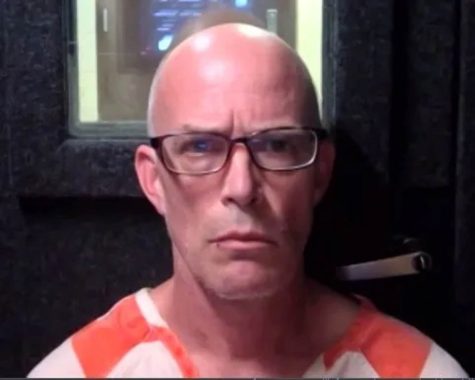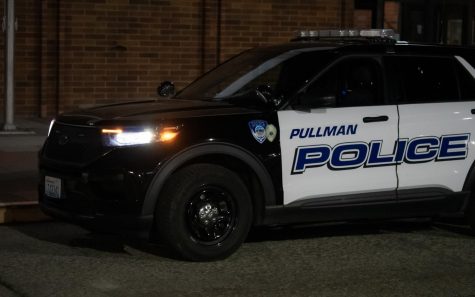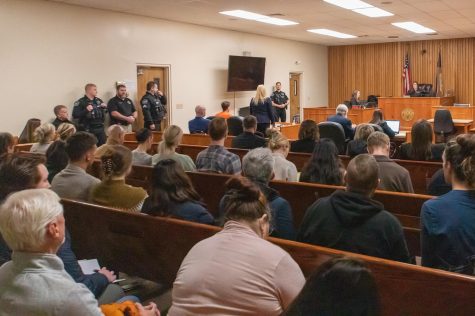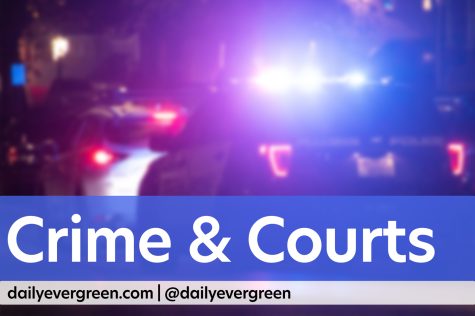WSU and Title IX: A history
April 29, 2015
In the midst of a pending Title IX investigation, Washington State University has worked to improve its handling of sexual assault cases in a way that is more fair and educational for its students.
In February 2013, the U.S. Department of Education’s Office of Civil Rights notified WSU it was being investigated for Title IX violations as a result of allegedly mishandling several sexual assault cases.
Dean of Students Melynda Huskey said the University was asked to submit associated documents and offered to work in tandem with the OCR’s investigation.
Since 2013, the OCR has yet to notify WSU concerning its investigation. Additionally, the office has not confirmed if it will honor the University’s request to work voluntarily with the investigation.
There are a total of 93 complaints to be settled by the investigation, Huskey said.
“In the meantime we’ve gone on to make a lot of changes in our process,” Huskey said. “We continue to refine it and think about how we can both comply with Title IX and serve our students in the ways we want to do that.”
Kim Anderson, Title IX Coordinator and Director for the Office of Equal Opportunity (OEO), said the OEO has grown considerably in response to the 2013 notice.
“We have hired two new investigators and we are actually conducting a search for an additional investigator who will help with the ADA responsibilities of the office,” Anderson said.
The addition of a third investigator will allow more time for the OEO to investigate sex crimes, Anderson said.
The OEO investigates all forms of sex and gender based violence, which includes stalking, partner violence, sexual exploitation, and sexual assault.
In order to expand its sexual assault training, the OEO works with the Violence Prevention Center and Health and Wellness Services to implement prevention programs like Green Dot.
Anderson said one in five women and one in sixteen men experience attempted or completed sexual assault while in college.
“We have seen a dramatic increase in cases reported to our office over the last couple of years but we know we are just scraping the tip of the iceberg,” Anderson said. “If that one in five is true, we have somewhere around 25,000 students – undergraduate students – on this campus, that’s an awful lot of people who are experiencing this.”
OEO investigations are based on a preponderance of evidence gathered through the statements of both the complainant and respondent as well as other witnesses, meaning their evidence standard is that an incident was more likely than not. This compares to a court standard of “Beyond a reasonable doubt.”
The OEO then issues a memorandum to Adam Jussel, the Director of the Office of Student Conduct, for further investigation.
There is equity in the process of the investigation, Jussel said. Both the complainant and the respondent have rights that the University facilitates throughout disciplinary procedures.
Sexual assault cases submitted to the OSSA are heard by the conduct board. The board is made up of specially-trained faculty, staff and students.
Students can appeal the verdict of the conduct board within 21 days of the decision.
Appeals are heard on the grounds that there was a procedural error by the board, new information has emerged or if the sanction rendered by the board does not fit the violation.
Following the investigation, the OSSA has been guided by Title IX and the Family Education Right to Privacy Act and has been provided with training opportunities to better understand the law and its obligations.
Despite pressure from the OCR, Huskey said that WSU and the OEO are not being strong-armed to meet federal requirements.
“At the bottom, this is not about compliance or abiding by the law or checking off the boxes, this is really about providing an equitable educational environment for all of our students,” Huskey said. “We’re here to do the very best we can for students in some of the most difficult, painful, tragic circumstances that a person can live through.”


















